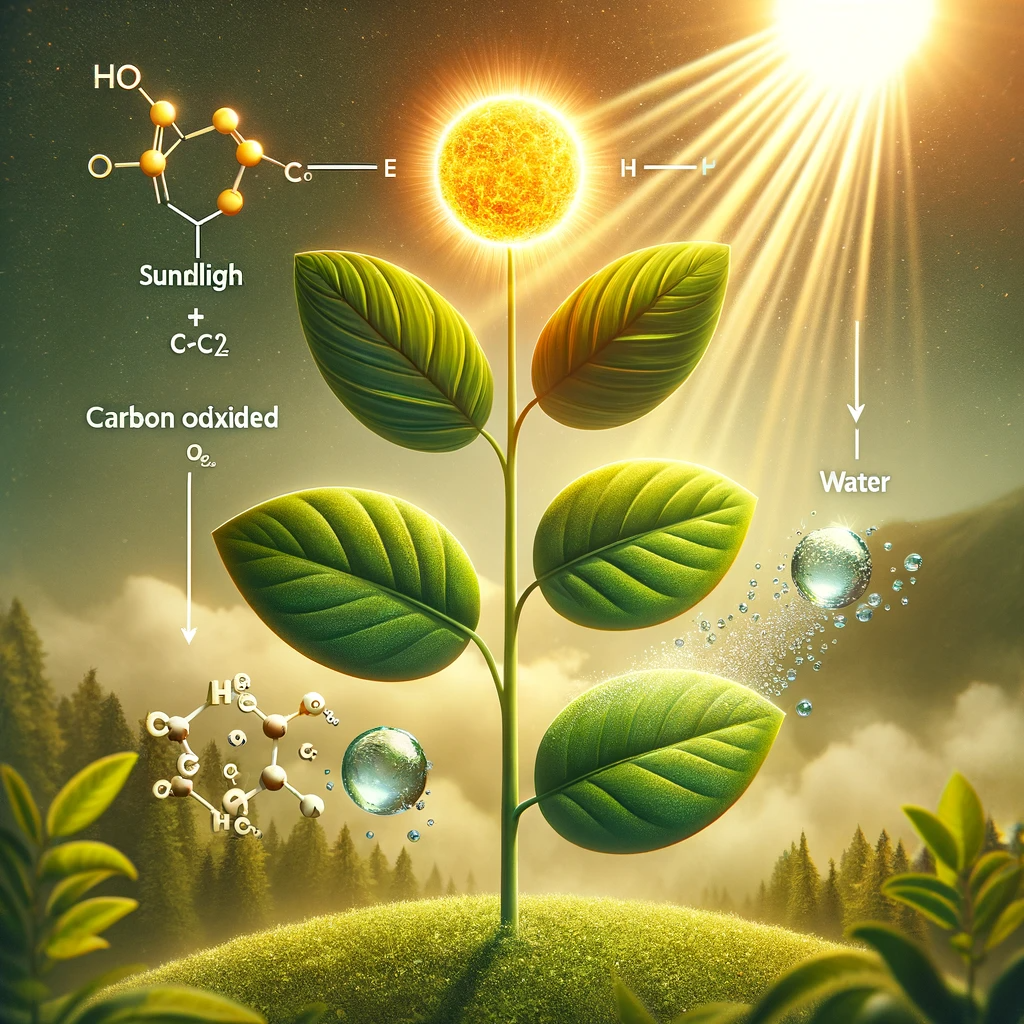Introduction
In the fascinating world of botany and plant science, photosynthesis is the ultimate magic trick that keeps our planet thriving with life. Just like a recipe with essential ingredients, photosynthesis relies on three main components that work together harmoniously. In this article, we’ll delve into the world of photosynthesis and explore the three primary ingredients that make it all happen. Get ready to uncover the secrets of this natural phenomenon and its importance in the food chain.
- Sunlight: The Essential Energy Source
The first and most crucial ingredient in photosynthesis is sunlight, or more precisely, solar energy. Sunlight provides the necessary energy to power the entire process. Chlorophyll, the green pigment found in the chloroplasts of plant cells, is responsible for capturing this radiant energy. This remarkable pigment absorbs sunlight, triggering a chain of chemical reactions within the plant.
Solar energy is vital for breaking down water molecules and converting them into oxygen and hydrogen ions. This energy is stored in the form of chemical bonds, setting the stage for the next steps of photosynthesis.
- Carbon Dioxide: The Carbon Provider
The second key ingredient in photosynthesis is carbon dioxide (CO2), a gas naturally present in the Earth’s atmosphere. Plants absorb carbon dioxide through tiny pores called stomata on their leaves and stems. Carbon dioxide acts as the source of carbon for the synthesis of glucose and other organic compounds during photosynthesis.
Once inside the plant, carbon dioxide molecules undergo a series of chemical reactions that result in the formation of sugars, which serve as the plant’s primary source of energy and food. This process is often referred to as the Calvin Cycle or the Dark Reactions, as it doesn’t require direct sunlight.
- Water: The Hydrogen and Oxygen Supplier
Water (H2O) is the third essential ingredient in photosynthesis. Plants absorb water from the soil through their roots and transport it to the leaves, where it plays a crucial role. Water molecules are split during the light-dependent reactions of photosynthesis, releasing oxygen (O2) into the atmosphere and providing the necessary hydrogen ions (H+) for the synthesis of glucose and other carbohydrates.
This splitting of water molecules is a critical step that replenishes the Earth’s oxygen supply and fuels the creation of energy-rich molecules within the plant. The release of oxygen during this process is a byproduct of photosynthesis, which is vital for the survival of all oxygen-dependent organisms on Earth.
Conclusion
In summary, the three primary ingredients in photosynthesis—sunlight, carbon dioxide, and water—are the cornerstones of plant life and the basis of our food chain. This natural process not only allows plants to create their own energy but also provides oxygen for all living creatures while generating the sugars and carbohydrates essential for plant growth.
Understanding the intricacies of photosynthesis is not only a fascinating journey into the world of science but also a reminder of the profound interdependence of all life on Earth. As we continue to explore and appreciate the role of these three essential ingredients, we gain a deeper appreciation for the remarkable beauty and complexity of our natural world.
